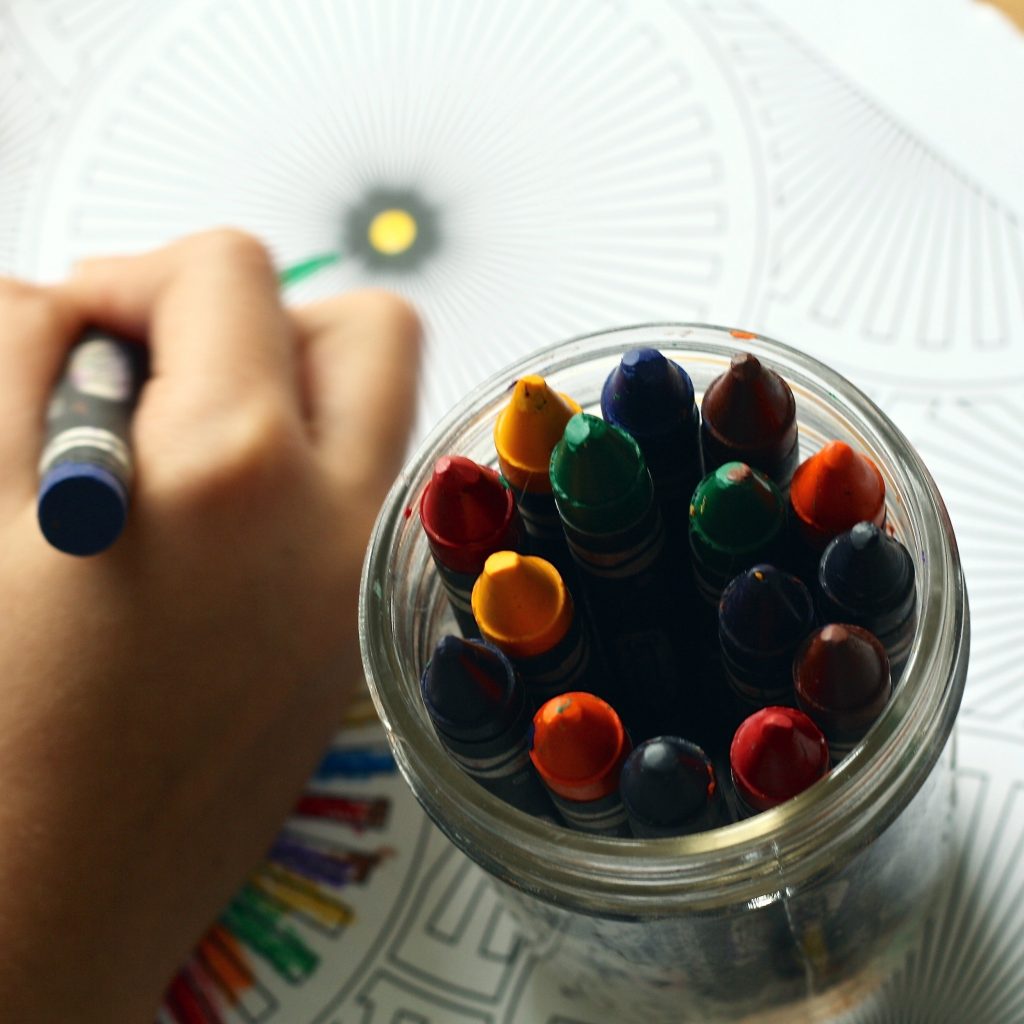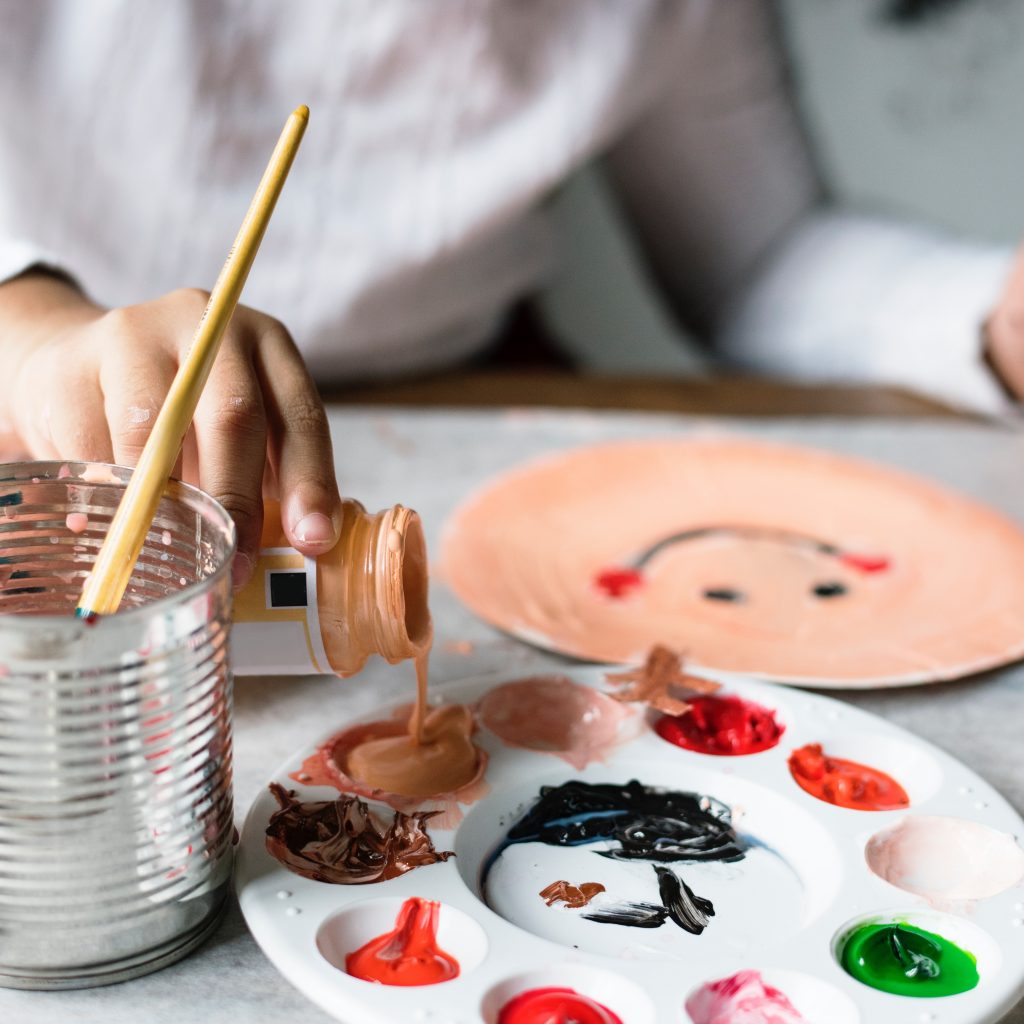What Can We Learn from Children’s Drawings

Parents typically give their children drawing materials when they are around the age of three or four years old. Some children can learn to write their names by the age of two years old if a parent works with their child and the child learns how to copy letters. Kids are amazingly smart at a young age. Parents just have to take the time to spend with them and teach them about letters and numbers before they head off to kindergarten. The first drawings a parent usually sees are typically some scribbling but eventually, the child develops the proper motor skills and hand, eye coordination and begins to draw figures. Some of these figures express many of your child’s emotions and this is what parents need to look for when looking at their child’s drawings.
Millions of years ago the first humans used drawings instead of words to teach history to the many generations that followed after them. As time went on letters were used to convey feelings and emotions and now we live in a high tech world of zillions of letters floating through cyberspace along with pictures. Drawing can be a very important communication skill for children that can’t express themselves verbally.
When a child draws something they recognize like a dog, they are thinking about what they are drawing and showing how they feel about the dog.
Children also use their memory to think about what they know about the item they are drawing. This is a form of concentration and children using their thoughts to process their drawing skills. Drawing is the beginning for children to learn how to write. This is how they develop their dexterity and refine their motor skills.

Every child has a unique and special way of drawing and all kids go through the same stages of development but this might happen at different times. Children start the experimental stage where scribbling shows them that the object they are using actually makes a mark on a paper. They begin to understand that they can make the same number of scribbles and use different colors to do so.
After kids learn how to hold their crayon, they start using different patterns like maybe a circle and they make better use of the paper. When kids realize they can keep flowing using different patterns, parents will notice many uneven circles and lines.
This is how kids realize they can create objects from circles and lines and start drawing people because they start to process what they are visualizing. They begin to realize that practice makes perfect so they begin to develop detailed lines and eventually add eyes and hands.
Coloring books may prevent some of their progress because the picture is already on the paper. They may learn to color within the lines but they can’t be as creative without the plain piece of paper. Coloring books are good for kids to use if they want to try and copy the way the picture in the book is drawn. If they see a balloon in their coloring book, they know how to draw one from looking at the picture. There are times though that kids become frustrated with coloring books because they can’t color in the lines correctly and therefore the result is not what they expected.
This is where parents have to be careful because you want your children to be able to draw something as they see it in their minds, not as the lines in the coloring book make the object look. Drawing is really about using the imagination as are all forms of art. Kids need to learn how to experiment in order to express their emotions.
Don’t draw pictures for your child because they are looking at the picture the way you see how objects should be drawn. A child that is confident in themselves won’t ask parents to help them draw. When your child begins to draw something let them tell you what it is and don’t put a label on the picture unless they tell you to. You can always ask them to tell you about what they are drawing so you can get your child to talk about their drawing in an animated way as they tell you the story they are creating. Decorating your house with your child’s artwork tells them that their work is important to the family.

Kids also need a bunch of different things to draw on and with. This should include markers, colored pencils, washable crayons, poster board, boxes, chalk, sidewalks, and even your fence if possible. Kids should start drawing as soon as they are curious and it’s good to have an area that they can draw. A small space with a table or art desk if they show quite a bit of interest in drawing. Parents should also set boundaries about their supplies and have a space for all markers, crayons, pen, pencils, paper, etc. Make sure you give them plain paper to draw on when they first start to draw.
If the weather is cooperating, you can even set their table up outside and have them draw in the driveway or under a tree on a nice day. Some ideas are to take some food coloring and water and mix it together and both of you can paint the garage or fence because the rain will wash it off anyways or the hose.
The main goal is to teach your children to be creative and use their imagination by using different materials for artwork. Don’t create too many boundaries about drawing because you don’t want to stop the child’s flow of creativity before they even know they have it.
Drawing is more than just the objects used to create the picture. Drawing helps your child fine tune their motor skills and teaches them about how important detail is when it comes to using their imagination. There are many children that have become excellent artists as adults from that first set of crayons and paper that their parents gave them when they were old enough to understand that crayons are for paper and not the walls.






